Hot Two-seater Variant Is Just What the Chevrolet Bolt Needs

Stop thinking about roadsters. To the best of our knowledge, General Motors has no plans to enter the burgeoning electric sports car market, and we pray it wouldn’t be a front-drive model if it did.
No, the two-seater Chevrolet Bolt we speak of remains pretty much unchanged when viewed from the outside. Inside, however, there’s plenty of space to stretch out behind the front seats, as those are the only seats you’ll find.
As discovered by Bozi Tatarevic, who claims he isn’t a private investigator, and published by Jalopnik, documents filed by GM to the National Highway Traffic Safety Administration show there will indeed be a two-seater Bolt. Stripped of its rear bench and associated rear safety equipment, the model joins other fleet-friendly vehicles in the automaker’s lineup. Deliveries begin later this year.
While the automaker confirms the creation of a commercial Bolt variant, there’s no information available about the model’s price, or whether there’s any changes to the powertrain. It’s hard imagining GM would tinker with the model’s battery for such an application, though. Expect roughly 238 miles of range. According to ChevyBolt.org, the Bolt variant comes with poverty-spec 16-inch steel wheels, though buyers can order the Comfort and Convenience Package and Driver Confidence Package should they desire a more civilized experience behind the wheel.
The cargo edition Bolt’s Gross Vehicle Weight Rating spans the range between 4,001 and 5,000 pounds, but it likely won’t hold much more tonnage than its five-passenger sibling. A handful of pounds, maybe — replacing the missing seat’s weight.
Besides creating a new market for Bolt sales, the move gives small companies, franchisees, and startups that sometimes transport smaller amounts of goods as part of their operation an easy way to greenwash their business. Imaging the PR boost for a caterer or “nerds on wheels” company with this in its fleet. (Tesla, which doesn’t offer commercial vehicles of its own, surely won’t like the boosted Bolt delivery numbers.)
Since going on sale in December 2016 and expanding its reach across the U.S. last summer, some 26,477 Bolts have rolled off dealer lots in the United States. Now, if only GM would listen to this author’s idea for a dual-motor, El Camino-style Bolt variant.
[Image: General Motors]

More by Steph Willems
Latest Car Reviews
Read moreLatest Product Reviews
Read moreRecent Comments
- Buickman I was called crazy after predicting the sale of GMAC.#canthurtme
- 3-On-The-Tree Another observation during my time as a firefighter EMT was that seatbelts and helmets do save lives and reduce injury. And its always the other person getting hurt.
- 3-On-The-Tree Jeff, Matt Posky, When my bike came out in 1999 it was the fastest production motorcycle in the world, 150 HP 197 top speed, 9.57 quarter mile Hayabusa peregrine falcon etc. This led to controversy and calls for high-speed motorcycles to be banned in order to avoid increasingly fast bikes from driving on public roads. This led to a mutual decision nicknamed the “ gentleman’s agreement” to limit bikes to 186mph, ending the production bike speed contest for all bikes 2000 and upward. Honestly once your over a buck 20 it’s all a blur. Most super cars can do over or close to 200mpg, I know at least on paper my 09 C6 corvette LS3 tops out at 190mph.
- 3-On-The-Tree In my life before the military I was a firefighter EMT and for the majority of the car accidents that we responded to ALCOHOL and drugs was the main factor. All the suggested limitations from everyone above don’t matter if there is a drunken/high fool behind the wheel. Again personal responsibility.
- Wjtinfwb NONE. Vehicle tech is not the issue. What is the issue is we give a drivers license to any moron who can fog a mirror. Then don't even enforce that requirement or the requirement to have auto insurance is you have a car. The only tech I could get behind is to override the lighting controls so that headlights and taillights automatically come on at dusk and in sync with wipers. I see way too many cars after dark without headlights, likely due to the automatic control being overridden and turned to "Off". The current trend of digital or electro-luminescent dashboards exacerbates this as the dash is illuminated, fooling a driver into thinking the headlights are on.















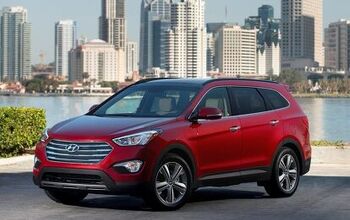

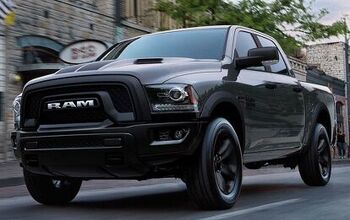
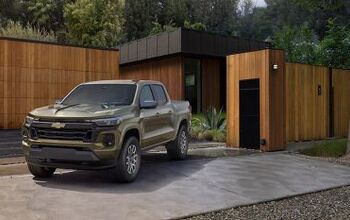

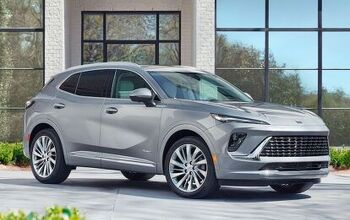
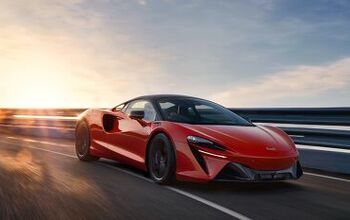
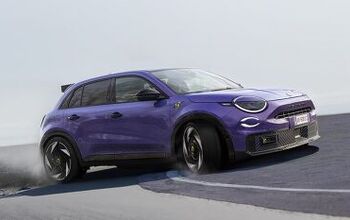
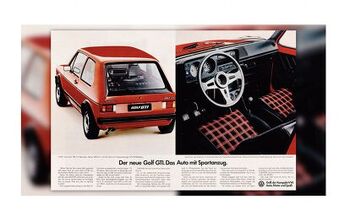

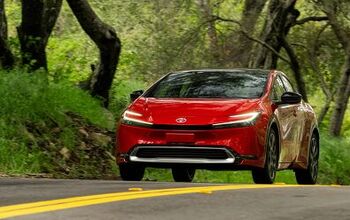
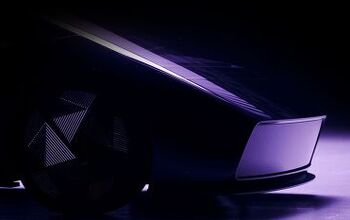

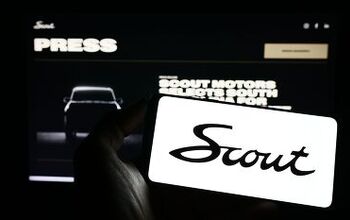
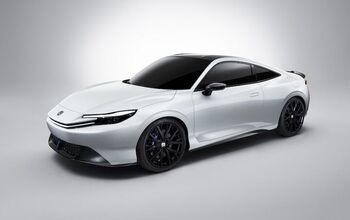


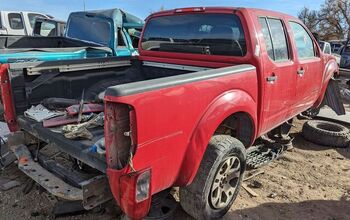
Comments
Join the conversation
Tune it at the 'Ring, give it Brembos, call it the Z2E. I still want my Prius R with the 200HP powertrain.
Nissan had a version of the Cube that did this. It was special-order only. I think they sold well over a dozen of them.